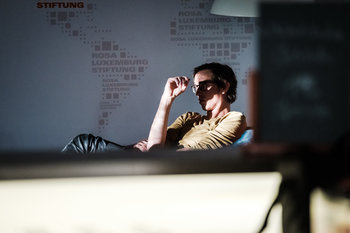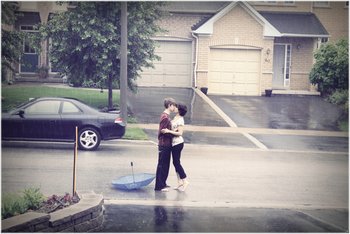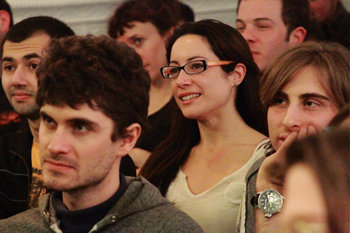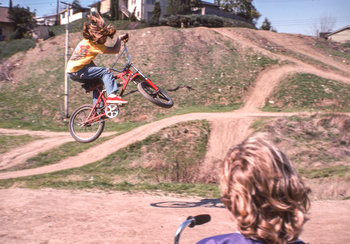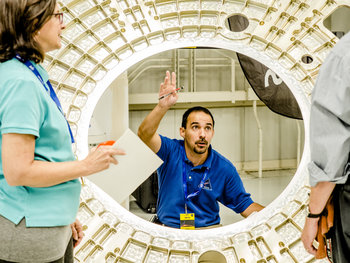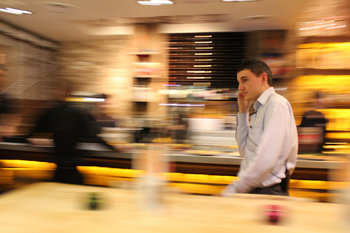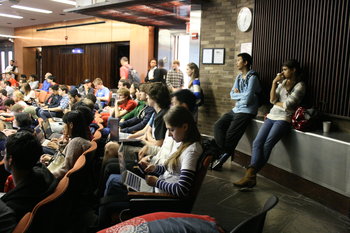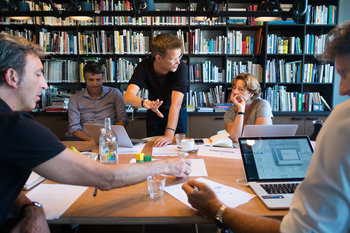
Productivity
Productivity is how quickly you create value. For example, a parent who finds a faster way to prepare high quality meals by preparing ingredients such as diced vegetables in advance each week. This may seem like a regular thought process but is actually design as the parent has designed a more productive work process.Habits
Intentionally shaping habits is a process of design. For example, creating a strict bedtime and nighttime routine that prioritizes rest and sleep in order to be more productive and lively.Fail Well
Fail well is the design of things to fail quickly, cheaply and safely. This is a business term that is associated with innovative startups that run quick prototypes to test ideas. However, fail well is quite useful for life in general. For example, trying something to see if you are good at it before committing to a career or education program.Problem Solving
Using design to solve a problem. For example, designing your study space to reduce distractions and disruptions.Decision Making
Designing things that help you to make better decisions such as a decision model or criteria. For example, an job seeker who sets criteria such as prioritizing working conditions over salary to choose between multiple offers.Goal Setting
Using design to identify goals. For example, creating a goal backlog whereby you write down all the things you would like to do and prioritize them. A backlog allows all ideas to be accepted but many may never be actioned due to constrained resources such as time.Social Strategy
The design of social strategies for dealing with people. For example, thinking through how you will handle difficult criticism in advance.Design Philosophy
As with regular design, it is possible to apply design philosophies to life design. Design approaches such as form follows function, less is more and more is different can clearly be seen in how people construct their way of life. For example, a minimalist who seeks to remove, reduce and simplify things.Design Principles
Design principles can be used to improve life outcomes. For example, preserving ambiguity is the principle that design decisions not be made until the last responsible moment in order to maximize discovery. For example, a student who avoids planning out their entire life too early but rather tries different subjects and pursuits to discover their talents and interests.Charrette
A charrette is the design tradition of working on designs in intensive group sessions that may span several days. Life design need not be a solitary pursuit but can involve sessions with others. For example, life design is taught at major universities as collaborative workshops.Mise en Place
Mise en place, literally "everything in its place", is the practice of preparing your work area before you begin work. Beyond processes, the design of physical and virtual workspaces can improve productivity and work quality. For example, a DIY enthusiast who is always looking for a misplaced tool who organizes their workspace.Risk Management
Risk management is the practice of identifying risks and planning to reduce, transfer or accept them. Design is a powerful tool of risk reduction. For example, designing your academic career to support a broad range of potential future professions by acquiring general knowledge over a specialized skill.Experiment Design
Designing experiments as a means of discovery and improvement. For example, planning to try various changes to your lifestyle to gauge how they influence your sense of well-being.Throwaway Prototype
A throwaway prototype is a cheap test of an idea. For example, a senior who is thinking to take up photography who begins with their mobile phone before purchasing an expensive camera.Evolutionary Prototype
A potentially expensive prototype of a design that is extended over a long period of time. For example, a writer who obsesses over an outline of a new book until they are completely satisfied with it.Optimization
Optimization is the process of testing a design, changing it and testing it again. For example, making changes to a routine you use to get into a creative state of mind to see if it can be improved.Mastery
Mastery is the process of refining a talent to a high state of perfection. This often involves some degree of design. For example, a musician who creates a new post production process on the path to mastering their profession and art.Design Failure
Designs can fail to achieve their goals or can achieve their goals but produce unintended consequences. In either case, design requires a process of learning from failure. For example, a programmer who designs their career such that they can work from home may incur unintended consequences such as a sense of social isolation.Overdesign
Overdesign is the process of constraining things too much with design. For example, a student who overdesigns their study process who makes themself miserable and unproductive instead of allowing their curiosity to drive a pleasant leaning experience.| Overview: Life Design | ||
Type | ||
Definition | The application of design to one's life. | |
Related Concepts | ||







